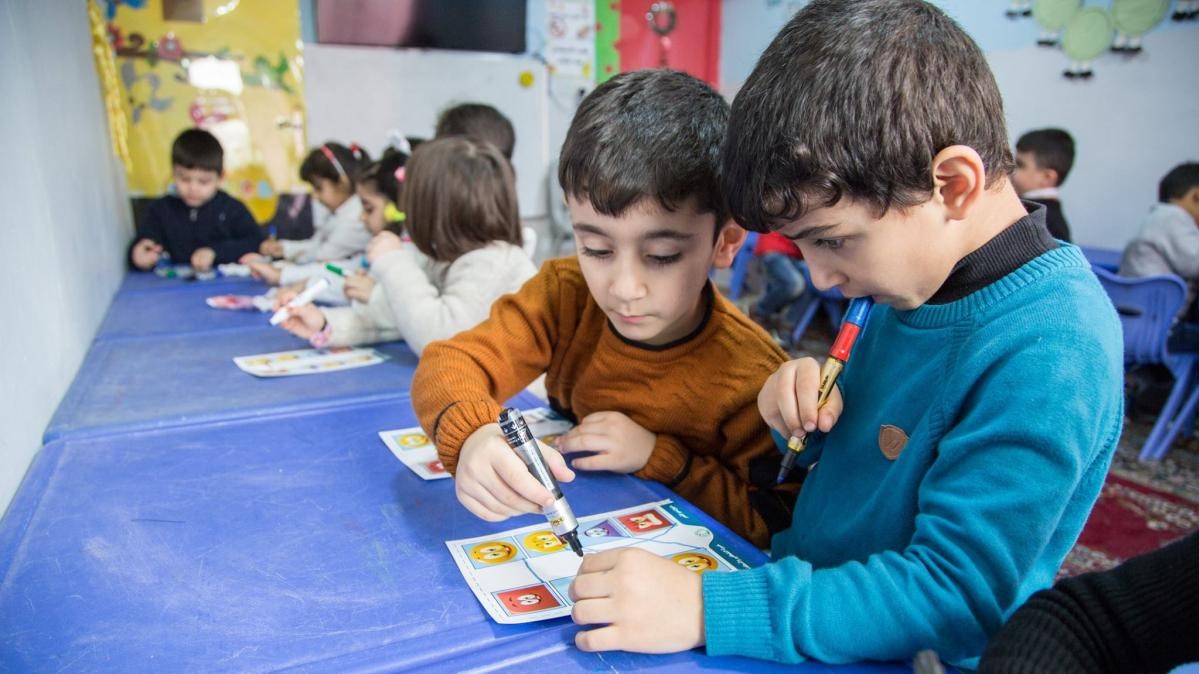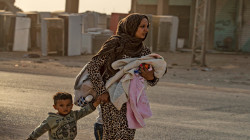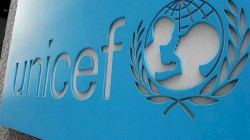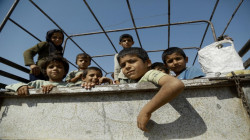UNICEF launches globally a US$9.4 billion emergency funding appeal for children affected by conflict, the climate crisis and COVID-19

Shafaq News/ UNICEF launched today a record US$9.4 billion emergency funding appeal to reach more than 327 million people – including 177 million children – affected by humanitarian crises and the COVID-19 pandemic worldwide.
The appeal is 31 per cent larger than last year’s as humanitarian needs continue to grow.
“Millions of children around the world are suffering from the impacts of conflict, extreme weather events and the climate crisis,” said UNICEF Executive Director Henrietta Fore. “As the COVID-19 pandemic approaches its third year, the plight of these children is made even worse with faltering economies, growing poverty and rising inequality. As always, it is the children already living through crises who are the hardest hit. They need urgent help.”
The appeal includes US$2 billion for UNICEF’s response in Afghanistan where 13 million children need urgent humanitarian assistance. These include 1 million children who are facing severe acute malnutrition at a time when the health system is on the verge of collapse. The Afghanistan appeal is UNICEF’s largest-ever single-country appeal.
An additional US$933 million will be allocated to the Access to COVID-19 Tools Accelerator (ACT-A), a global effort to accelerate the development, production and equitable access to COVID-19 tests, treatments and vaccines. As the pandemic continues to set back the education, health, nutrition and wellbeing of children around the globe, providing the tools to bring it under control requires urgent support.
UNICEF will also need US$909 million for the Syria refugee crisis, another US$334 million for the crisis inside Syria, US$484 million for the response in Yemen, and over US$356 million for programmes in the Democratic Republic of the Congo.
In Ethiopia, where 15.6 million children need humanitarian aid and where brutal fighting displaced hundreds of thousands of children in the north, UNICEF will require US$351 million for its life-saving work.
This year’s funding appeal, UNICEF’s largest ever, also comes as escalating conflicts have pushed millions more children and their communities to the brink. Attacks on children living in countries in conflict, including attacks on civilian infrastructure critical for children’s survival, are continuing at an alarming rate. Close to 24,000 grave violations against children were confirmed last year, or 72 violations a day.
Climate change is worsening the scale and intensity of emergencies. The number of climate-related disasters has tripled in the last 30 years. Today, over 400 million children live in areas of high, or extremely high, water vulnerability.
As part of its Humanitarian Action for Children which sets out the agency’s 2022 appeal, UNICEF plans to reach:
• 7.2 million children with treatment for severe acute malnutrition.
• 62.1 million children with measles vaccinations.
• 53.4 million people with access to safe water for drinking and domestic needs.
• 27.9 million children and caregivers with access to mental health and psychosocial support.
• 21.3 million children and women with access to gender-based violence risk mitigation, prevention or response interventions.
• 51.9 million people with safe and accessible channels to report sexual exploitation and abuse by aid workers.
• 77.1 million children with formal or non-formal education, including early learning.
• 23.6 million households with cash assistance.
With support from partners, key results in 2021 included:
• 2.4 million children treated for severe acute malnutrition.
• 5 million children and caregivers accessing mental health and psychosocial support.
• 34 million people provided with enough safe water for drinking, cooking and personal hygiene.
• 22.4 million children and women receiving essential health care services in UNICEF-supported facilities.
• 110.7 million children accessing formal or non-formal education, including early learning.
• More than 812.2 million people reached through behavioral messages on disease prevention and access to health services.
• 3.2 million people with access to safe channels to report sexual exploitation and abuse.
• 8.6 million women, girls and boys accessing GBV risk mitigation, prevention or response interventions.
• 14.9 million households reached with humanitarian cash transfers.
This year’s Humanitarian Action for Children Report is launched as part of CY21*, a Global Forum for Children and Youth bringing together leaders, experts, change-makers and influencers, along with children and youth. The forum aims to accelerate proven and new solutions, inspire commitments to create change, and mobilize knowledge and resources to advance child rights to meet the Sustainable Development Goals (SDGs) by 2030.
Source: UNICEF





